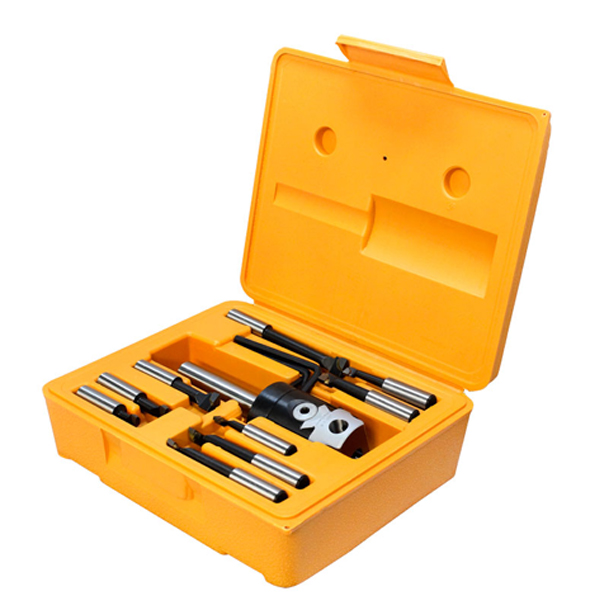Definition of Milling Machine Boring Head
A milling machine boring head is a tool that is used in the machining process. It is used to create holes in the workpiece by cutting away material from the surface of the workpiece. The size of these holes can be controlled by changing the diameter of the milling cutter and it can also be shaped by using a form tool.
Milling machine boring heads are typically composed of three major components: The spindle, which holds and rotates the milling cutter; The form tool, which shapes or reshapes the hole; and lastly, an indexable insert (or inserts) that serve as cutting edges for material removal.
Difference Between a Solid Carbide and Insert Boring Head
A solid carbide boring head is a milling machine insert for a milling machine, which can be used for either roughing or finishing operations. Insert boring heads are also available, which can be used in the same way.
The main difference between the two is that a solid carbide boring head has a higher level of wear resistance than an insert boring head. This means that it will last longer and will not need to be replaced as often.
Types of Boring Heads for Milling Machines
The boring head is the most important component of a milling machine. It has a lot of different types and each type has its own use case.
There are three main types of borings for milling machines: straight, tapered, and eccentric. Straight borings are used to create flat surfaces, while tapered borings are used to create screw threads. Eccentric borings are used to create relief cuts or slots.
Operational & Safety Issues For The Boring Head
The operational and safety issues for the boring head are the same as those for any other milling machine. The only difference is that the boring head is used to bore holes in a workpiece.
There are two major operational and safety issues with milling machines with boring heads: how to prevent the workpiece from rotating while it’s being machined, and how to prevent the boring head from rotating while it’s being machined.
The first issue can be solved by using a fixed-head milling machine, which has a stationary workpiece table. The second issue can be solved by using a clamping device called a “boring bar,” which holds the boring head in place while it’s being machined.
Post time: Jul-01-2022
